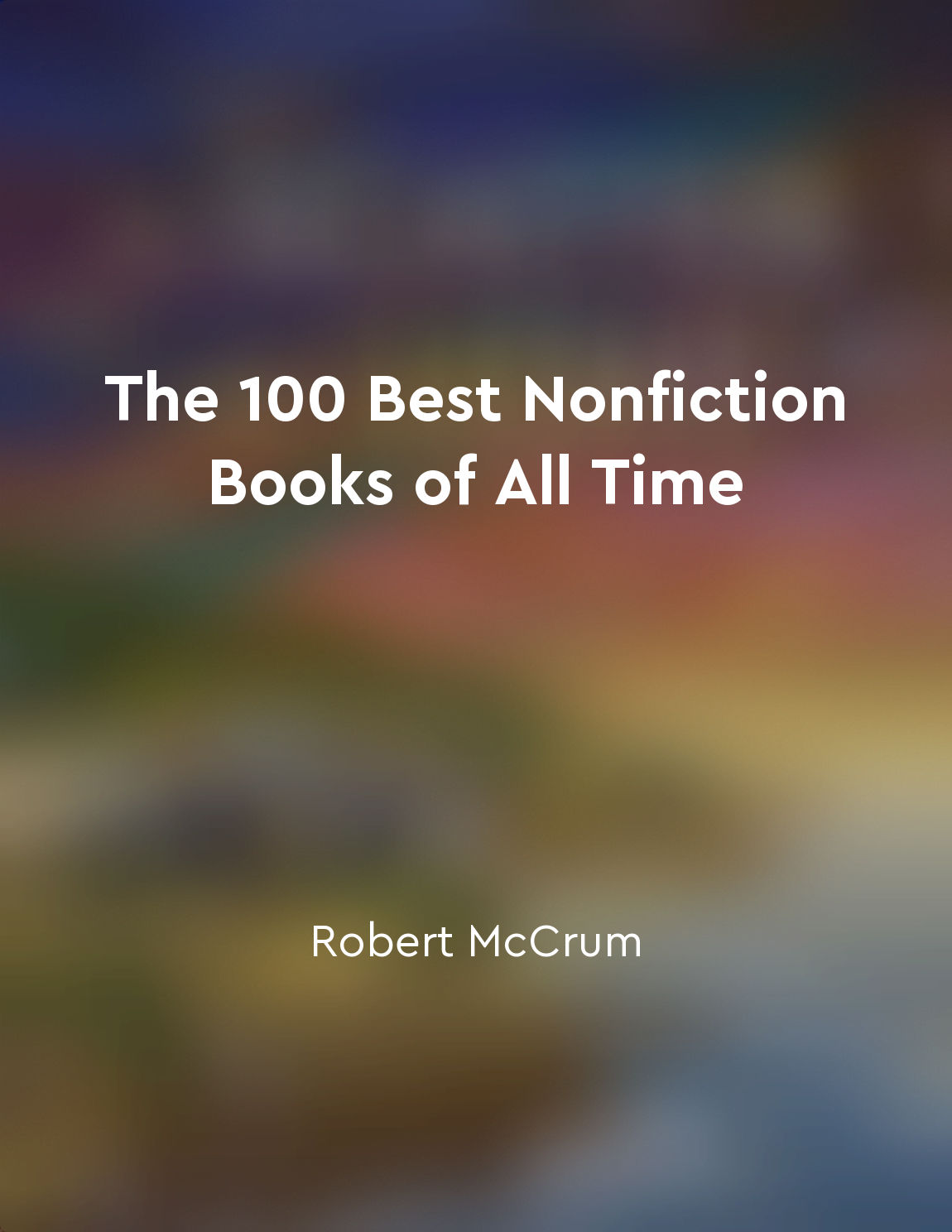The future of publishing lies in digital innovation from "summary" of Books, Bytes and Business by Bill Martin,Xuemei Tian
The rapidly evolving landscape of publishing is showing a clear trend towards digital innovation as the primary driving force behind the industry's future growth and development. As technology continues to advance at a breakneck pace, traditional publishing models are being disrupted and transformed by the rise of digital platforms and tools. This shift towards digitalization is not merely a passing fad, but rather a fundamental restructuring of the way in which content is created, distributed, and consumed. One of the key advantages of digital innovation in publishing lies in its ability to democratize the creation and dissemination of content. With the proliferation of e-books, self-publishing platforms, and online distribution channels, authors now have unprecedented access to a global audience, bypassing the traditional gatekeepers of the industry. This democratization of publishing has empowered a new generation of writers to share their voices and stories with the world, breaking down barriers to entry and fostering a more diverse and inclusive literary ecosystem. Moreover, digital innovation has revolutionized the way in which readers engage with content, offering a more interactive and immersive reading experience. From multimedia e-books with embedded videos and audio clips to social reading platforms that allow for real-time discussions and annotations, digital publishing has opened up a wealth of possibilities for enhancing the reader experience. By harnessing the power of technology, publishers can create dynamic and engaging content that captivates audiences in ways that were previously unimaginable. In addition to transforming the creative and reading experience, digital innovation has also had a profound impact on the business side of publishing. By leveraging data analytics, artificial intelligence, and machine learning algorithms, publishers can gain valuable insights into consumer preferences and behavior, enabling them to tailor their content and marketing strategies to meet the evolving needs of their audience. This data-driven approach not only improves the efficiency and effectiveness of publishing operations but also allows publishers to forge stronger connections with readers and build lasting relationships based on trust and loyalty.- The future of publishing is intricately intertwined with digital innovation, as technology continues to reshape every aspect of the industry from content creation to distribution, consumption, and monetization. By embracing digital tools and platforms, publishers can unlock new opportunities for growth, creativity, and engagement, positioning themselves at the forefront of a rapidly evolving and increasingly interconnected global marketplace. As we look towards the horizon of the publishing industry, it is clear that those who embrace digital innovation will be best equipped to thrive in the digital age and shape the future of storytelling for generations to come.
Similar Posts
Keep a journal to track your progress and ideas
Maintaining a journal can be an invaluable tool for any writer. By jotting down your thoughts, ideas, and progress regularly, y...
The power of decentralization lies in its distributed nature
The decentralized nature of a starfish is what makes it so powerful. It doesn't have a central brain or leader dictating its ev...
Artists' books can be used to address social and political issues
Artists' books have the power to serve as a platform for addressing social and political issues in a unique and impactful way. ...

Engages readers in thoughtful reflection
The concept of engaging readers in thoughtful reflection is a crucial element of any nonfiction book. It is through this proces...
Subscription services are revolutionizing how we access books
Subscription services have brought about a paradigm shift in the way we consume books. Instead of purchasing individual titles,...

